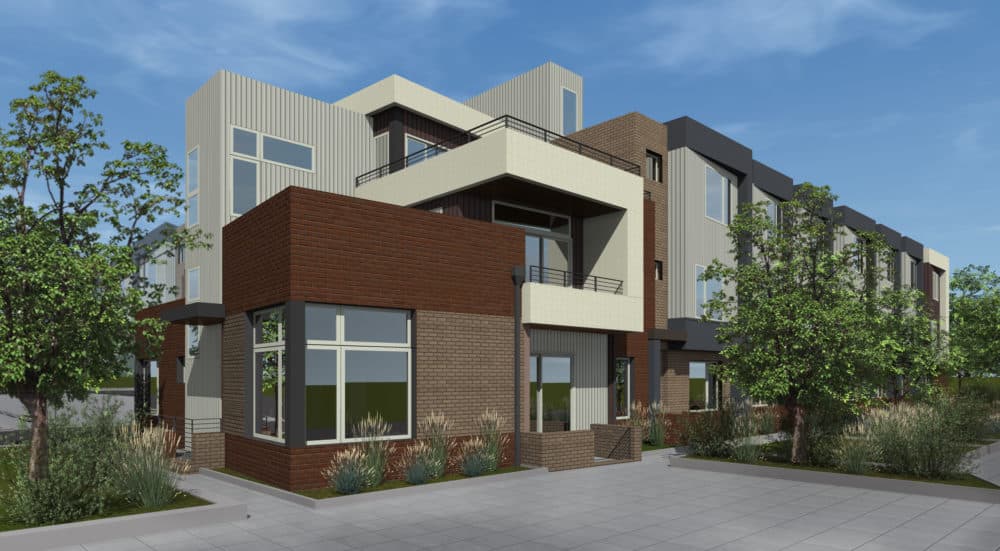
Sometimes, all you have to do to get what you want is to say something. Take affordable housing:
"The reason that we didn't get into [affordable housing] sooner was because we didn't understand it," said Carl Koelbel, vice president of the 65-year-old Koelbel and Co.
"In 2008, my dad was approached by a group of individuals that included the Urban Land Conservancy and George Thorn, who became our partner in a number of these deals. They presented the opportunity and really told us about affordable housing with an eye toward a parcel that we had at the Yale Station stop," he said.
It took a couple tries to get public funding that Koelbel and Co. wanted for the project, but by 2011, they completed 133-unit Sheridan Station development. Since then, the company has completed 418 affordable units across the metro area.
"Once we understood [affordable housing development], and the reason we like it now, is that these properties lease up quick, stay leased up, and we're building a portfolio of these that will give us a great deal of flexibility in the future," Koelbel said.
In other words, for a private company, affordable housing is a lower risk. Especially for Koelbel and Co.: they primarily develop luxury homes. Think gated communities in Cherry Creek and multi-acre estates in nature preserves. Not exactly recession-proof.
With "healthy" developer fees for affordable housing, plus that reliable stream of residents, Koelbel says that affordable housing is a good long-term asset for the company. And it's nice to be associated with these types of projects:
"There has historically been a stigma with affordable housing and there was a time where probably that stigma was justified. As a long-term developer that has traditionally been known to do high-end projects, being associated with affordable housing is something we welcome because we haven't stopped doing high-end projects, they just happen to be affordable."

As the company engages in more affordable housing projects, they've also been a part of public policy discussions on the subject. For one, the company is a proponent of the low income housing tax credit program, which subsidizes the cost of affordable housing for developers.
Also, last year, they were part of the public discussion on the city's affordable housing fund. More specifically, Koelbel advocated that the linkage fee that would require developers to pay a per square foot cost was too high.
“We are no more responsible for the demand for housing than an asphalt contractor is responsible for the pollution caused by the cars that drive on the road,” he said at the time.
Today, Koelbel maintains that position:
"By taxing new projects, you're actually making it more difficult to build things affordably. That has been a real concern of ours -- that the solution exacerbated the problem."
In a different policy matter, Koelbel also says that he would like to see the city expedite the permitting process for affordable housing units specifically.
Regardless of policy outcomes, the company expects to grow the number of affordable units that it's delivered by over 70 percent in the next two years. That will include 49 units at Sloan's Lake and another 118 units in downtown Westminster. And Koelbel wants them to look good too.
"What I hate is when you look at an affordable housing project and it looks like an affordable housing project. You want something that is indistinguishable from the market-rate housing next door," he said.
"What I would say is where people start using bright colors as a substitute for coherent architecture, that's where I get concerned and that's happening in a lot of different sectors."












